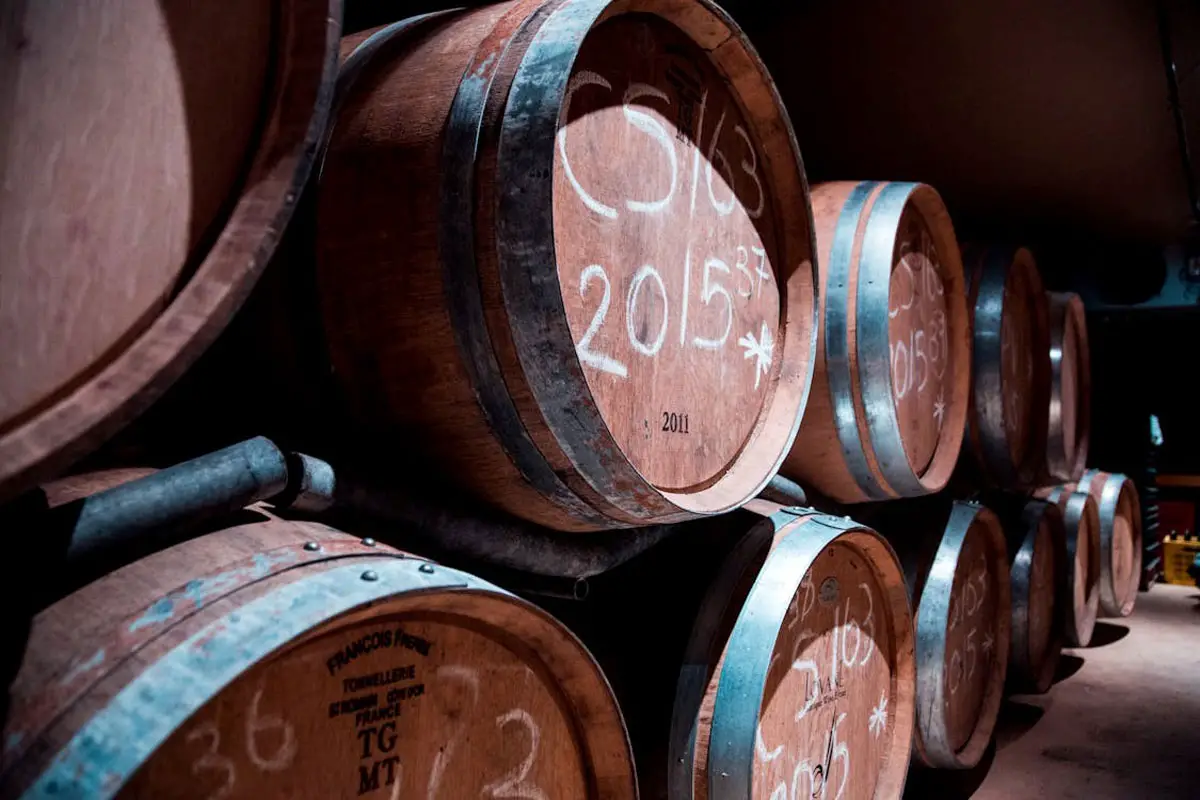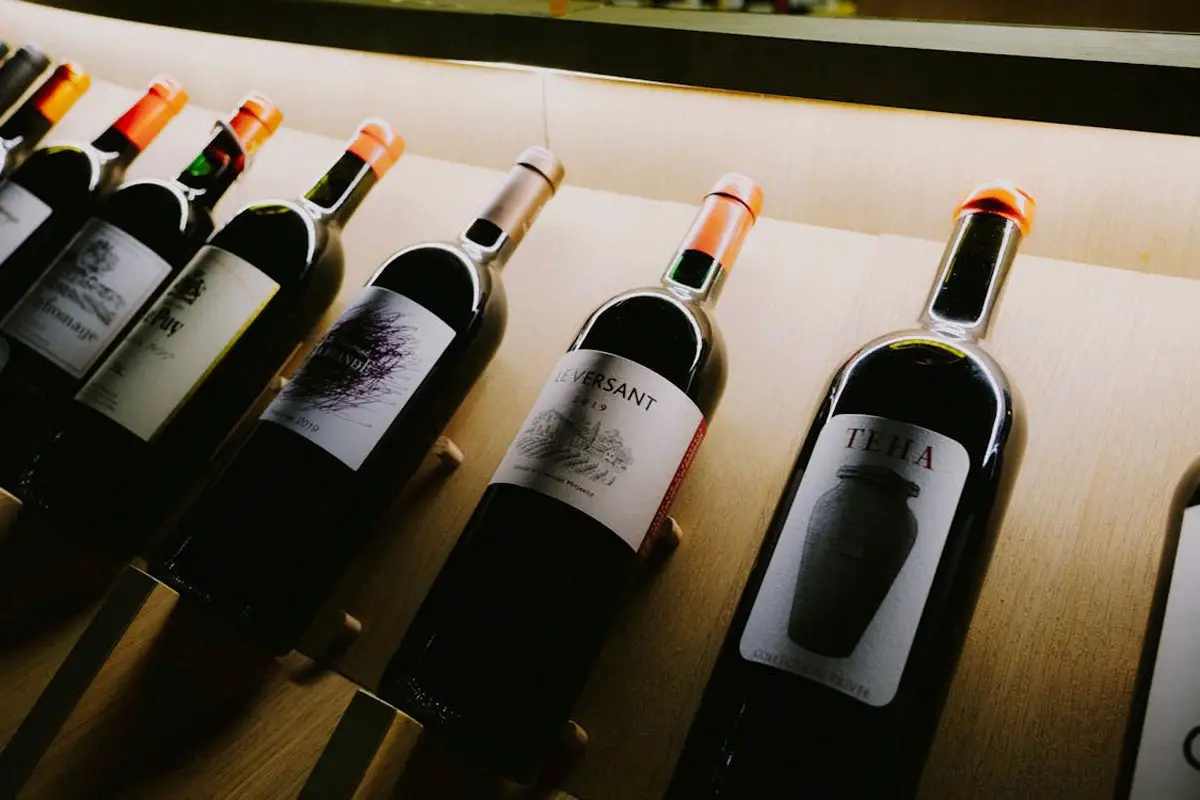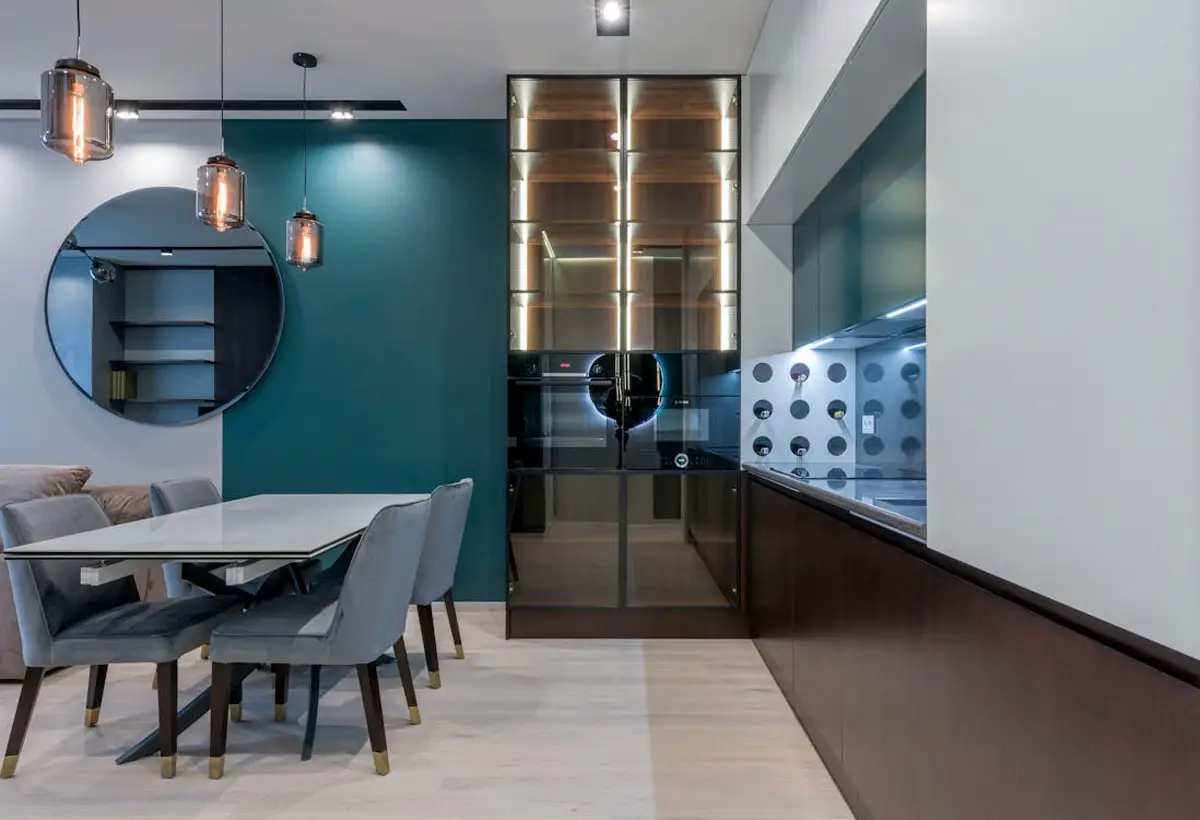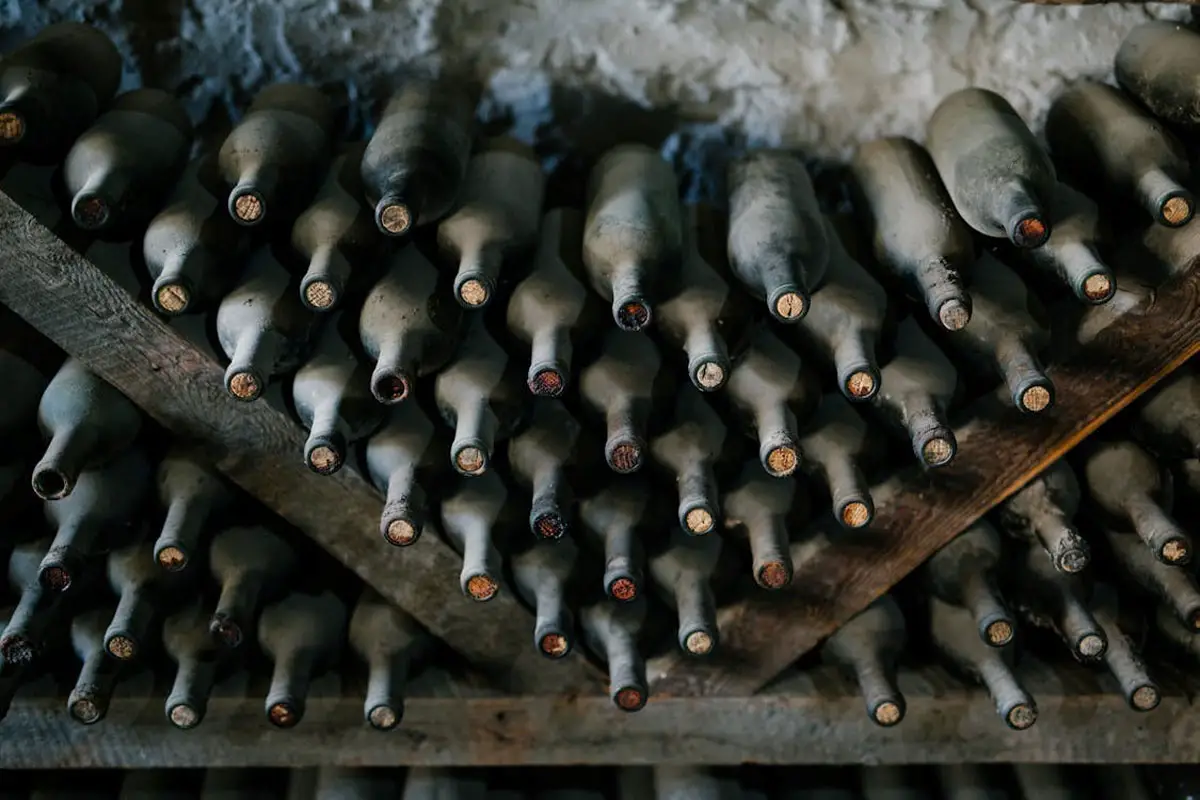How to Set Up Your Perfect Wine Room
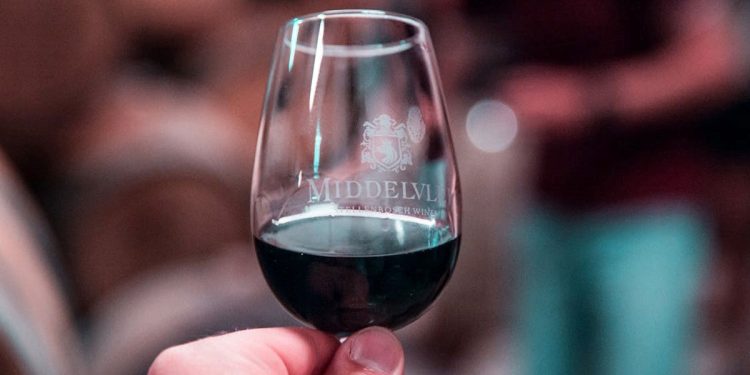
Let’s be honest: have you ever pulled out a bottle of something special – maybe a 2010 Barolo you’d been “saving” – only to find it tasting like vinegary regret?
You’re not alone.
Most of us assume wine quietly improves on its own.
But without the right setting, even a $300 bottle can go from “Somm-approved” to “cooking wine for risotto.”
That warm cupboard above your stove? It’s sabotaging your wine. Even your fancy kitchen wine fridge might be playing tricks on you if it’s next to the dishwasher.
Wine Breathes
Wine is alive, chemically evolving every day. And like any living thing, it needs very specific conditions to reach its potential. Wine needs care, too – leave a Sancerre in the sun and it’ll suffer just like your plants on a heatwave.
Expert Advice: WineCellarHQ recommends an ideal temperature of around 13°C (55°F), which is considerably colder than most people’s idea of “room temperature” – more like “fancy Parisian cave under the street” temperature, perfect for wine.
You don’t need a château in Saint-Émilion. But you do need a space that treats your bottles like first-class passengers, not checked luggage.
Curious what those conditions really look like? Let’s unmask the numbers your bottles are begging you to notice.
What Wine Actually Needs to Survive: The Lab Conditions No One Tells You About
Yes, humidity matters. No, your basement probably isn’t cutting it.
Let’s cut through the mystique: wine isn’t fragile – it’s just particular. Give it too much light, warmth, or shake, and things go sideways fast (source). Red, white, rosé… none of them do well above 70°F. One hot weekend = one ruined vintage.
The goldilocks zone:
• Temperature: 55°F (13°C). Not 60. Not 50. You want just right.
• Humidity: 60–70%. Below that? Corks shrink. Above? Mold throws a party.
• UV exposure: Almost zero. Even ambient daylight over time messes with wine’s phenolics.
Ever heard of “lightstrike”? It’s a thing. Especially with Champagne. Moët & Chandon didn’t bottle in dark glass for fun.
Want to store both reds and whites? Get a dual zone cooling system (like the WhisperKOOL Extreme 3500tiR). Red zone at 55°F, white at 45°F. Boom. Efficiency without compromise.
Tools you actually need (not just wish lists):
• Digital hygrometer with ±2% accuracy (SensorPush or ThermoPro)
• Vibration-free shelving (because sediment isn’t a smoothie)
• LED lighting under 2700K, with UV filter
Ever noticed a bottle’s cork pushed out? That’s not “rustic charm.” That’s pressure from temperature swings.
Think of wine like a violin – it plays best when kept in tune. Slight shifts wreck the performance.
So once you’ve nailed the conditions, what does a truly personalized wine space look like?
Don’t Design for Instagram – Design for What You Actually Drink
(Châteauneuf-du-Pape? Or 8 cases of weekday Pinot? Build accordingly.)
Quick question: are you planning a tasting for Master Sommeliers? Or are you storing wine you love from Walla Walla and Sonoma?
Before choosing a single shelf, take stock – literally. You’d be amazed how many people design their wine rooms around a fantasy collection they don’t own. (Yes, looking at you with the empty magnum racks.) Start with what’s real.
Picture a friend redoing his cellar – he realised 68% of his collection is Pinot from Oregon. Not Bordeaux. So he prioritizes 3.25” racks to fit his thinner bottles efficiently. Saves space and keeps the corks horizontal, where they belong.
Side note: Burgundy bottles are chunkier – plan for 3.75″ openings minimum. Magnums need 5″. A single inch too narrow can cost you 20% of usable storage.
Break it down like a wine menu:
• Cellaring bottles: back wall, dark and undisturbed
• Everyday wines: near the door, easy access
• Gift or investment wines: catalogued, isolated, top rack
• Tasting stock: ready-to-drink near the seating area
Apps like InVintory let you scan and track by bin, shelf, or even tasting notes. Think: Spotify for your cellar.
Want a cellar that feels like a friend’s kitchen drawer? Organize it for your actual rhythm.
But function isn’t enough – you also want something that’s a feast for the eyes, right?
Looks That Age as Well as the Wine: Designing Storage That Performs
…because nobody wants a $100 Barbaresco sitting in a wobbly IKEA cube.
You’ve seen those vertical wine racks in open kitchens, right? Gorgeous – until you realize the heat from the oven and the afternoon sun just cooked your Cabernet.
Form can’t outweigh function when you’re storing something that cost more than a dinner at Eleven Madison Park.
Here’s what works and looks great:
• Dark wood like redwood or mahogany (temperature-stable, mold-resistant)
• Modular racking with adjustable bins (more info here)
• LED lighting that turns off automatically (no one wants a wine room tan)
Mahogany expands ~2.8 x 10^-6/°C – translation: it’s one of the most stable woods for wine storage. No warping, no drama.
Design tips the pros swear by:
• Avoid diagonal cubbies – they waste space and trap dust
• Label-forward racks = easier selections during tastings
• Limit clear glass – UV filters or no deal
• Don’t skimp on insulation: R-19 minimum for walls
One great addition is a motion-sensing LED that glows amber when you walk in. Functional, dramatic, and zero UV. Feels like walking into a Bond villain’s tasting cave – in the best way.
Your wine room should feel like a speakeasy you never want to leave.
Speaking of vibes… let’s talk tasting experience.
More Than a Cellar: Make Your Wine Room a Destination
If your friends don’t want to hang out there, you’re doing it wrong.
A wine room shouldn’t feel like storage. It should feel like a story. Somewhere between Hemingway’s Paris and your favourite Napa tasting room.
Here’s what turns a cellar into a sanctuary:
• Tasting zone (at least 48” x 48” for two chairs + table)
• Low-slung ambient lighting, not overhead fluorescents
• A plush chair, ideally leather (it holds up in the cellar climate)
• Music source – a Sonos or Bluetooth speaker with a remote
Want inspiration? Look up Francis Ford Coppola’s private cellar – leather armchairs, art, and a vintage corkscrew collection. Your room should tell your version of that story.
Metaphor check: if the bottles are your library, the tasting area is your reading nook.
In my space, I added a small bookshelf with my tasting journals, a French map of the Rhône Valley, and a decanter that’s older than I am. Every time I pour from it; the room becomes a time machine.
The right atmosphere makes you want to open more bottles – so your collection actually brings joy, not guilt.
And once you love it? You’ll want it to grow with you.
Your Collection Is Growing – Is Your Space Ready for That?
Spoiler: If you’re down to your last rack row, it’s already too small.
Wine collections don’t grow linearly – they snowball. One minute you’re trying a few Napa cabs; next thing you know, you’re bidding on verticals from Harlan.
Plan now for where you’ll be – not where you are. If you own 200 bottles, build for 300. Trust me.
Smart growth strategies:
• Modular racks (expandable in 24-bottle sections)
• Minimum 30% buffer space
• Floor-to-ceiling shelving, with ladder clearance
• Cooling systems sized for 150% of current load (CellarPro 4200VSi handles 1,000 cu. ft.)
Rule of thumb: 500 bottles = 100 cu. ft. of storage, minimum (source). Don’t forget aisle space – at least 36″ wide for comfort.
Think of it like Netflix storage: nobody regrets more space.
Final step? Keep this oasis running like a Swiss watch.
Maintenance Isn’t Sexy – But Mold Is Worse
(Ignore this part, and you’ll smell it before you see it.)
Wine rooms don’t need daily babysitting, but they do need attention. Dust attracts mould. Humidity fluctuations destroy corks. A rogue spider can become a horror story.
Monthly habits, no excuses:
• Check hygrometer readings (should be 60–70%)
• Clean with neutral, non-scented wipes (no citrus oils!)
• Log any cork issues or unusual condensation
Quarterly:
• Wipe racks with a microfiber wand
• Test backup power (especially if you travel)
• Replace air filters in cooling units
Boveda 69% packs are great for microzones. For whole-room? Get a humidifier with 2-gallon/day output minimum.
Your wine room is a low-maintenance relationship. Ignore it, and it gets clingy.
Wine rewards patience – but only if you give it the right home.
